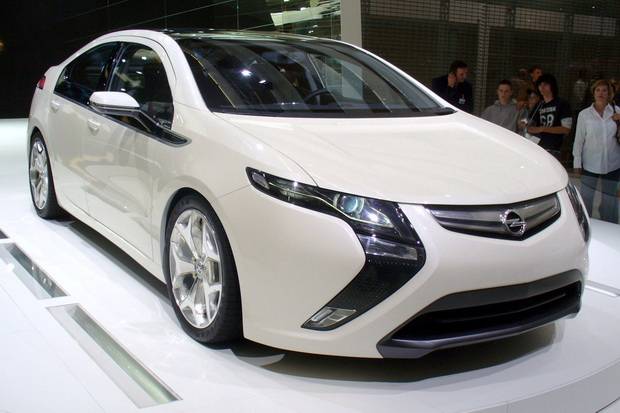
Toyota 1NZ-FE vs. 2NZ-FE: A Comparative Analysis of Toyota’s Small Engines
In the realm of automotive engineering, Toyota has established itself as a leader in producing reliable, efficient, and technologically advanced engines. Among its wide array of powertrains, the 1NZ-FE and 2NZ-FE engines stand out for powering a variety of compact cars and hatchbacks across the globe. This article delves into a comparative analysis of these two small engines, highlighting their specifications, performance, fuel efficiency, and overall impact on the automotive market.
Introduction to the Toyota 1NZ-FE and 2NZ-FE Engines
The Toyota 1NZ-FE and 2NZ-FE engines are part of Toyota’s NZ series, known for their lightweight design and high fuel efficiency. These engines have been instrumental in powering popular models such as the Toyota Yaris, Echo, and Corolla, among others. Despite their similarities, each engine has unique features that cater to different automotive needs.
Technical Specifications
Toyota 1NZ-FE
The 1NZ-FE is a 1.5-liter, inline 4-cylinder engine that has become synonymous with reliability and efficiency. It features a DOHC (Double Overhead Camshaft) design with VVT-i (Variable Valve Timing with intelligence), which optimizes engine performance and fuel efficiency. With a displacement of 1497 cc, it produces a power output ranging from 107 to 110 horsepower, depending on the vehicle model and market.
Toyota 2NZ-FE
On the other hand, the 2NZ-FE is a smaller 1.3-liter engine that shares many of the 1NZ-FE’s characteristics, including the DOHC design and VVT-i technology. Its displacement is 1298 cc, and it generates a power output of approximately 87 to 90 horsepower. This engine is designed for even greater fuel economy and is ideal for city driving and compact cars.
Performance and Fuel Efficiency
The 1NZ-FE engine is renowned for its balance of power and fuel efficiency, making it a preferred choice for drivers looking for a spirited driving experience without compromising on fuel consumption. It offers a responsive and smooth acceleration, which is suitable for both city driving and highway cruising.
The 2NZ-FE, while less powerful, shines in its exceptional fuel economy. It is designed for optimal efficiency in urban environments, where frequent stops and starts are common. This engine is particularly well-suited for drivers prioritizing cost-effectiveness and environmental sustainability over high performance.
Applications and Vehicle Compatibility
Both engines are versatile and have been used in a range of Toyota models across different markets. The 1NZ-FE engine powers vehicles such as the Toyota Yaris, Corolla, and the Prius C (a hybrid model that combines the 1NZ-FXE variant with an electric motor). The 2NZ-FE is commonly found in the Toyota Vitz (Yaris in some markets), Porte, and the Ist (Scion xA in the United States).
Maintenance and Longevity
Toyota engines are known for their durability and long service life, and the 1NZ-FE and 2NZ-FE engines are no exceptions. Regular maintenance, including timely oil changes, using quality parts, and adhering to service schedules, can significantly extend the lifespan of these engines. Additionally, both engines have a reputation for being relatively easy to service, which can further reduce ownership costs.
Comparative Advantages
Choosing between the 1NZ-FE and the 2NZ-FE engines depends on the driver’s priorities. The 1NZ-FE offers more power and is better suited for a dynamic driving experience and heavier vehicles. In contrast, the 2NZ-FE is the go-to option for those prioritizing fuel economy above all else, especially in urban settings.
For enthusiasts or anyone looking to get in-depth information about the Toyota 1NZ-FE, including its features, service data, and many other aspects, visiting wersis can provide a wealth of information. Such resources are invaluable for understanding the intricacies of these engines and for making informed decisions about maintenance and modifications.
Environmental Impact
Toyota’s commitment to reducing the environmental impact of its vehicles is evident in the design of both engines. The 1NZ-FE and 2NZ-FE engines meet strict emissions standards, contributing to lower greenhouse gas emissions and a smaller carbon footprint. Their fuel efficiency not only benefits the consumer by reducing fuel costs but also plays a crucial role in minimizing environmental impact.
Conclusion
The Toyota 1NZ-FE and 2NZ-FE engines exemplify the automotive giant’s expertise in creating small, efficient, and reliable engines. While the 1NZ-FE offers a blend of power and efficiency suitable for a wide range of driving needs, the 2NZ-FE focuses on maximizing fuel economy, making it ideal for urban drivers and those looking to minimize their environmental impact. Regardless of the choice, both engines maintain Toyota’s reputation for reliability, longevity, and low maintenance costs, making them excellent choices for anyone in the market for a compact vehicle.





